Pre-populated drop-down menus useful teaching tool

Cleveland Clinic is a non-profit academic medical center. Advertising on our site helps support our mission. We do not endorse non-Cleveland Clinic products or services. Policy
Use of the electronic medical record (EMR) is fast becoming standard practice, yet medical students typically do not have the option of using an EMR documentation template that has been tailored for their training. Within Cleveland Clinic’s Section of Consultation-Liaison Psychiatry, we have developed a documentation template that helps medical students learn psychiatric content and terminology while still fostering independent and critical thinking.
Today’s highly structured “smart” EMR documentation templates automatically import patient health information, utilize hundreds of boilerplate text options and rely on layers of drop-down menu choices. These smart templates can improve clinical efficiency, but they deemphasize the creation of free-form text. A leading EMR system with such documentation templates, Epic, is used by medical students, residents, fellows and attending physicians at Cleveland Clinic and elsewhere.
Despite the many merits of these documentation templates, it was unclear to us whether they are ideally suited for training medical students to document a thorough history and exam, prepare a differential diagnosis and formulate a comprehensive assessment. These are skills we believe every student should master by the end of his or her training. The medical literature provides little guidance on this topic, so we decided to study it ourselves among third-year medical students from the Cleveland Clinic Lerner College of Medicine and Case Western Reserve University during their psychiatry clerkship at Cleveland Clinic.
The study ran from October 2011 through December 2012 and compared a highly structured smart template, which did not require much de novo information entry, with a bare-bones template that included only standing headings (such as chief complaint, history of present illness, medical history, etc.) and required much more information entry. Sixty-two medical students were randomly assigned to use either the bare-bones template or the smart template for each new patient they saw during their two-week consultation-liaison psychiatry rotation.
All students completed the National Board of Medical Examiners (NBME) psychiatry test at the end of their four-week psychiatry rotation as an objective and validated measure. They also were asked to assess their confidence in their clinical note writing and oral presentation skills as well as their opinions about use of the EMR in medical education.
There was no difference in NBME test scores between the two groups. Students’ subjective comments revealed that the smart template was viewed as enabling quick writing of patient notes but that the bare-bones template was perceived as better suited to learning correct preparation of medical documentation.
The most striking finding was that students appreciated the use of pre-populated drop-down menus for learning clerkship-specific material, particularly the terminology of psychiatry. Overall, students expressed a preference for a hybrid template that utilizes some smart functions but also allows for creation of free-form text.
This study suggests that the EMR documentation template has strong potential for use as a teaching tool. To provide our medical students with the richest educational opportunity, we in the Section of Consultation-Liaison Psychiatry have developed a template specifically for medical student use (Figure 1).

FIGURE 1. Examples of the hybrid documentation template we’ve developed with detailed drop-down menus as well as areas for free-form text, which are indicated by strings of asterisks (***). Panel A shows the “psychiatric review of systems” menu for depression.
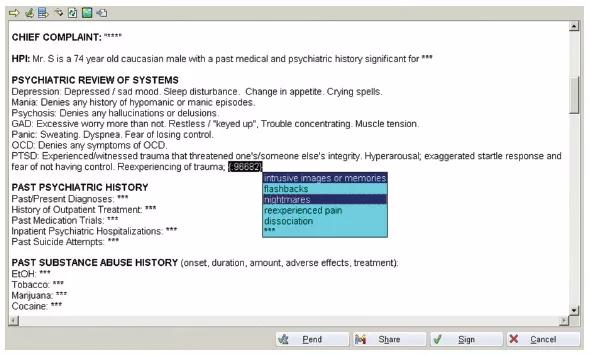
Panel B shows the same menu for post-traumatic stress disorder, here highlighting a second level of drop-down menu if the student chooses “re-experiencing of trauma.” Panels A and B both highlight the expectation that the student manually creates text for “chief complaint,” “history of present illness (HPI),” “past psychiatric history,” etc. These sections are not auto-populated with information saved in the chart.

Panel C shows a nearly completed mental status exam, highlighting use of a drop-down menu for “thought process.”
Much of it consists of headings and subheadings, but drop-down menus are provided in areas where we believe students would benefit from exposure to more psychiatry-specific content, particularly in the psychiatric review of systems and the mental status examination. Rather than viewing drop-down menu choices as shortcuts, students find them useful as a way to learn more content and consider all relevant possibilities when describing psychiatric symptoms and a patient’s mental status.
Different Needs at Different Stages of Training
Unlike residents and attending physicians, medical students are at the beginning of their medical training and are focused primarily on learning a core set of skills. In contrast, residents have already learned core content and are adjusting to medical practice and efficiency. It follows that these groups have different needs when preparing a medical record and that the template they use should reflect those differences.
The findings from our psychiatry service are likely to be relevant for other departments and specialties. Establishing an EMR template tailored to medical students for every service in a hospital would provide an ideal teaching opportunity, although it would of course require effort from educators and clerkship directors. But the EMR is here to stay, and I challenge my colleagues in psychiatry and other disciplines to consider how a medical student-tailored documentation template might fit into their EMR systems. Our study confirms that inclusion of such a template is worth the effort in terms of enhancing preparation of the next generation of physicians.
Dr. Funk is a consultation-liaison psychiatrist in Cleveland Clinic’s Center for Behavioral Health, Assistant Professor of Medicine in the Cleveland Clinic Lerner College of Medicine (CCLCM), Discipline Leader for the CCLCM Psychiatry Clerkship and Associate Training Director for the Adult Psychiatry Residency Program. Her specialty interests include psychiatric management of patients with cardiac illness, trauma-related disorders, and medical student and resident education.
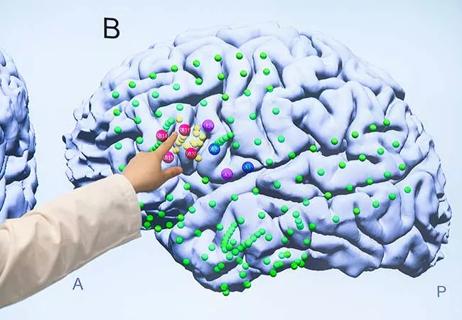
‘Cleveland Clinic Epilepsy Update’ offered as hybrid in-person and online CME event
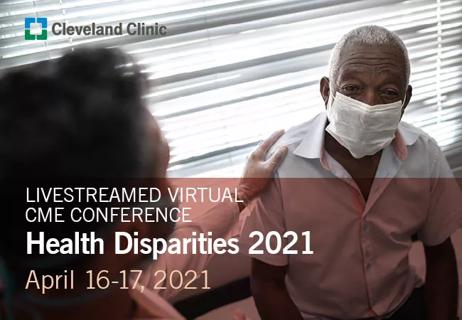
Livestreamed CME conference explores disparities in stroke care and beyond
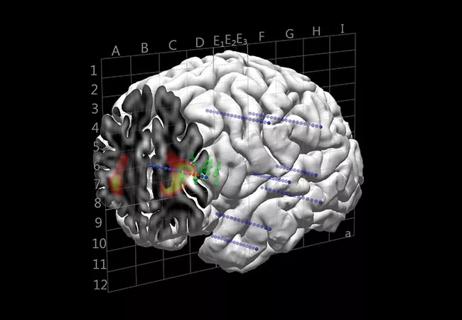
Experts to gather in Cleveland March 11-14
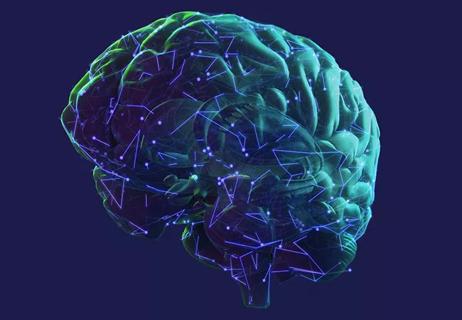
Special issue of the IAPRD’s journal delivers updates on a fast-evolving field
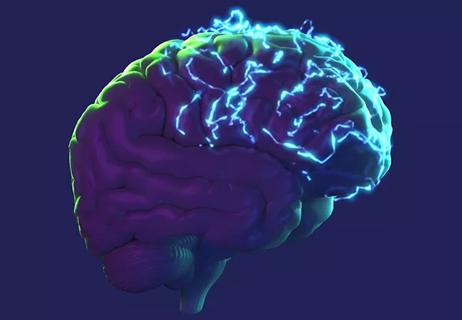
3-day course to convene world experts on this diverse group of focal epilepsies

Course honoring the master neurosurgeon packs a substantive punch

12-month programs pack a punch with diverse practice exposures

From a comprehensive agenda to Cleveland’s late-September climate, this is not to be missed